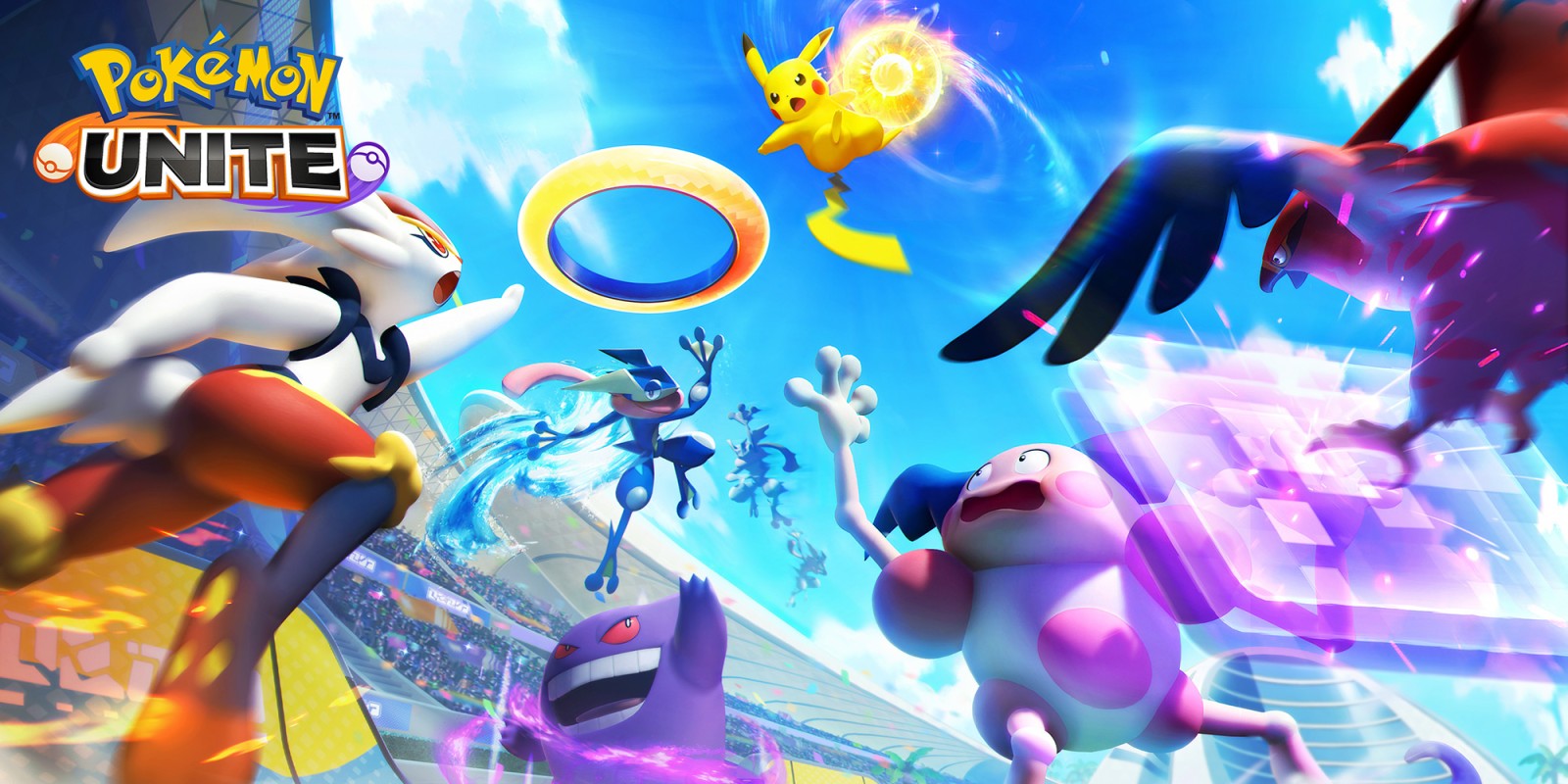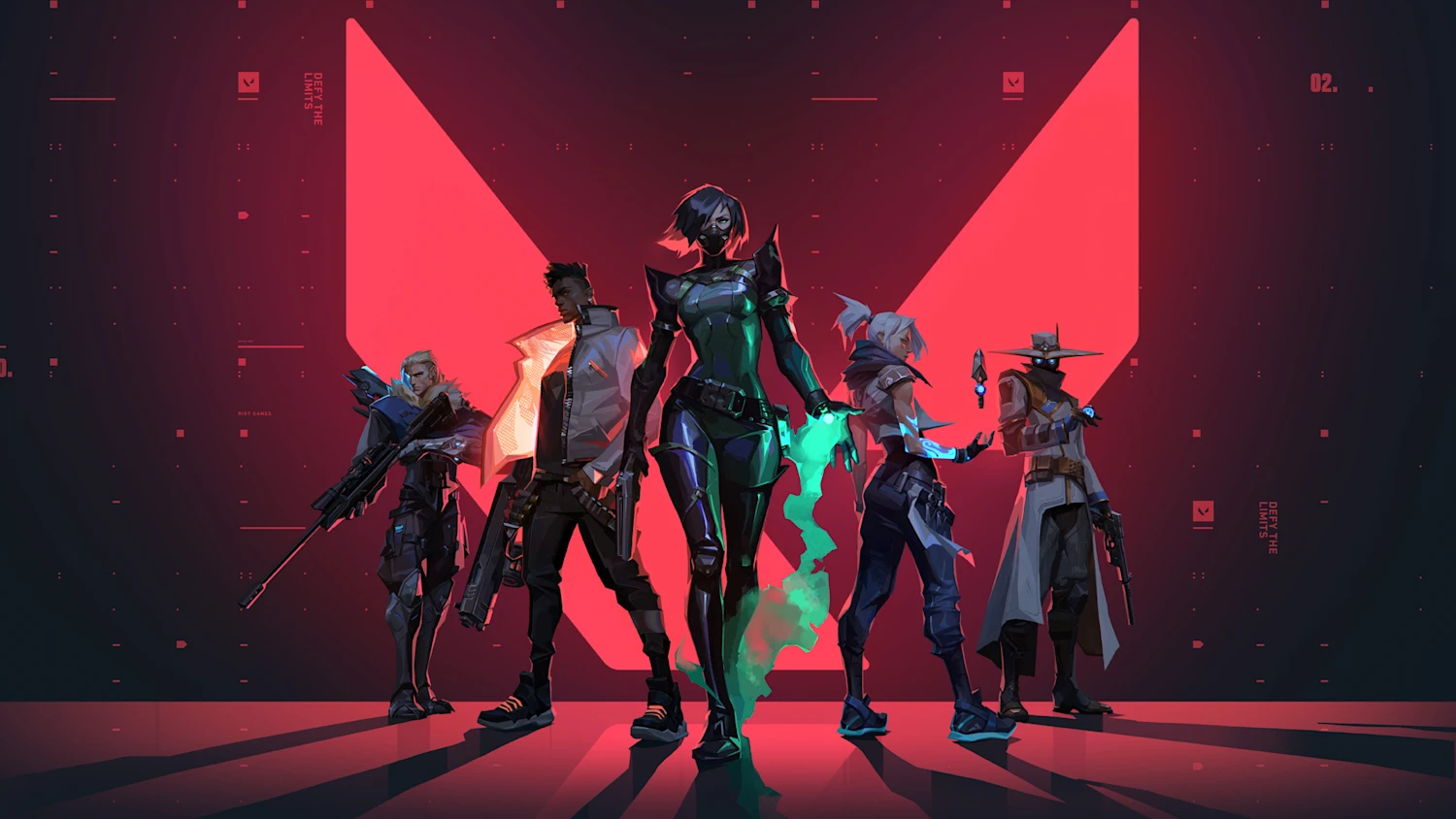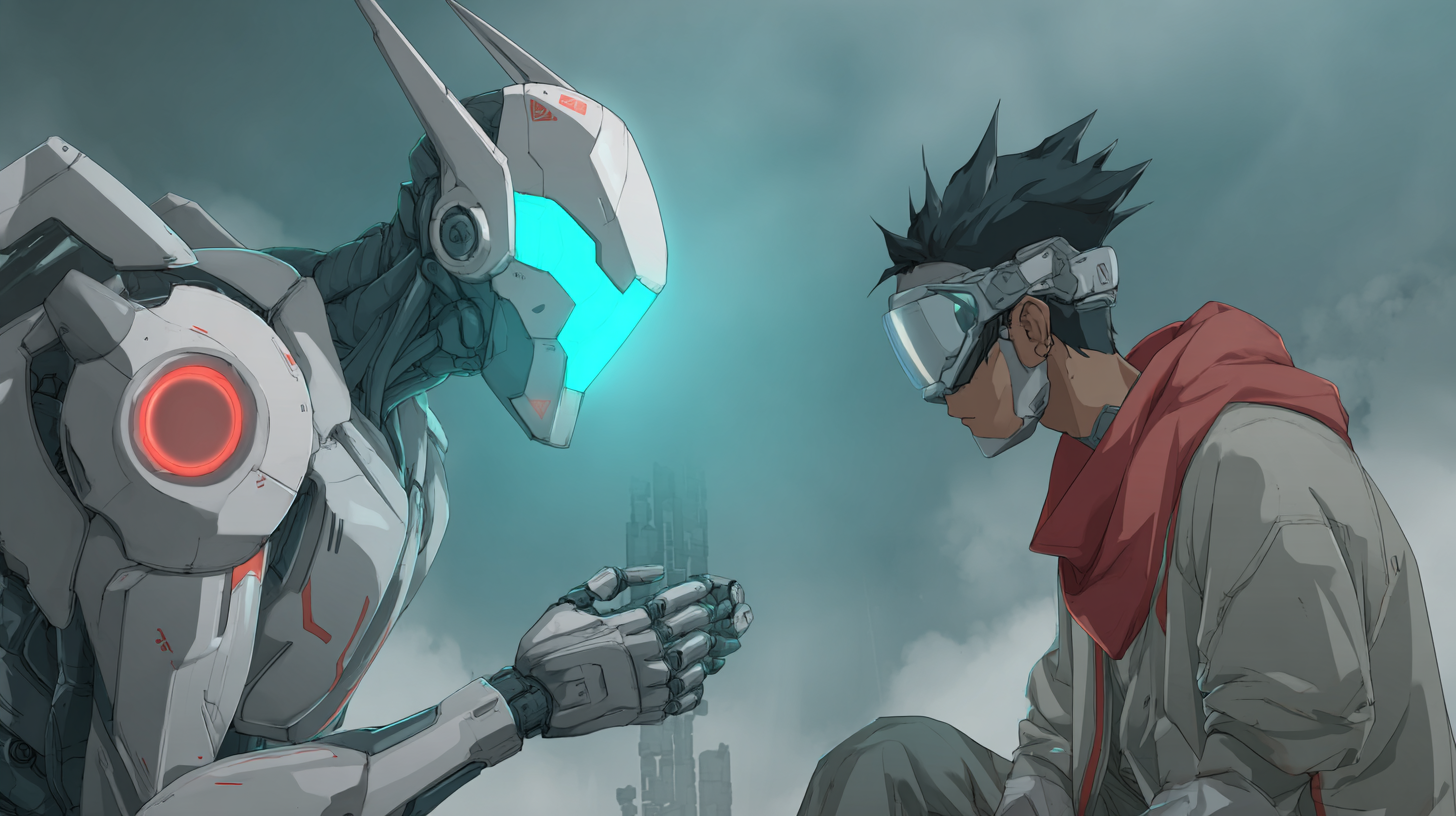You've climbed through Expert and Veteran solo queue, but now you're stuck. Your random teammates chase kills instead of objectives, ignore Zapdos entirely, or pick five attackers with zero sustain. Sound familiar?
Reaching Masters rank in Pokemon Unite isn't just about individual skill – it's about building a team that understands role balance, objective priorities, and when to fight versus when to farm. The difference between Ultra and Masters is team coordination, not mechanical ability.
Introduction
Pokemon Unite's unique MOBA mechanics make team composition even more critical than traditional mobile MOBAs. With comeback mechanics centered around Zapdos, score-to-win objectives, and shorter 10-minute matches, every team fight and objective matters exponentially more.
After analyzing hundreds of Masters-level matches and interviewing top-ranked players, we've identified the core principles that separate coordinated teams from random lobbies. Whether you're building a dedicated squad or just trying to coordinate better in ranked, understanding these fundamentals will transform your win rate.
While finding compatible teammates for Pokemon Unite can be challenging, platforms like Jynx are making it easier with AI-powered matchmaking designed for mobile games, connecting you with players who understand objective priorities and role synergy.
Understanding Pokemon Unite Roles
Role balance isn't optional in Masters-level play – it's mandatory.
The Five Core Roles
Attackers (Damage Dealers):
- High damage output, low survivability
- Farm-dependent, need protection
- Examples: Pikachu, Greninja, Cinderace
- Ideal for players with good positioning
Defenders (Tanks):
- High HP, crowd control abilities
- Frontline engagement initiators
- Examples: Snorlax, Slowbro, Mamoswine
- Critical for objective teamfights
Supporters:
- Healing, shields, utility
- Enable carries to perform
- Examples: Blissey, Eldegoss, Hoopa
- Often undervalued but game-changing
Speedsters (Assassins):
- High mobility, burst damage
- Objective steals and backline access
- Examples: Absol, Zeraora, Gengar
- Require mechanical skill and game sense
All-Rounders (Bruisers):
- Balanced stats, versatile
- Can adapt to team needs
- Examples: Lucario, Garchomp, Machamp
- Great for filling composition gaps
Optimal Team Compositions
Masters teams typically run one of these proven formulas:
Standard Balanced (Most Versatile):
- 1 Defender
- 1 Supporter
- 2 Attackers
- 1 All-Rounder or Speedster
Hyper-Carry Composition:
- 1 Defender
- 2 Supporters
- 1 Hyper-carry Attacker
- 1 All-Rounder
Aggressive Dive Composition:
- 1 Defender
- 1 All-Rounder
- 2 Speedsters
- 1 Attacker or Supporter
The key is ensuring you have:
- At least one tank for frontline
- At least one support for sustain
- Damage sources (2-3 damage dealers)
- Objective control capabilities
Common Composition Mistakes
Teams fail when they:
- Run 3+ attackers (no frontline, instantly deleted)
- Zero supports (can't sustain through fights)
- No defender (can't engage or peel effectively)
- All melee or all ranged (exploitable weaknesses)
This is exactly why AI-powered matchmaking is revolutionizing how gamers connect – it takes role preferences and team balance into account automatically, ensuring your squad has proper composition before you even queue.
Role Synergies and Pokemon Pairings
Individual Pokemon strength matters less than team synergy.
Defender + Supporter Cores
Powerful defensive foundations:
Snorlax + Blissey:
- Unkillable frontline
- Blissey's healing keeps Snorlax alive indefinitely
- Dominates objective fights
Slowbro + Eldegoss:
- Crowd control + shields
- Protects carry while locking enemies
- Great peel for backline
Mamoswine + Hoopa:
- Engagement + repositioning
- Hoopa ult brings team to Mamoswine engages
- High-skill ceiling combo
Attacker + Support Pairings
Enable your damage dealers:
Cinderace + Blissey:
- Blissey pockets the hyper-carry
- Enables aggressive positioning
- Melts objectives with attack speed boost
Pikachu + Eldegoss:
- Ranged poke with shields
- Safe objective control
- Strong kiting potential
Greninja + Hoopa:
- Repositioning for assassinations
- Hoopa provides escape routes
- Enables risky plays safely
Speedster Integration
Speedsters require team support:
Absol with Defender + Supporter:
- Dives backline while team occupies frontline
- Needs peel when retreating
- High risk, high reward plays
Zeraora with All-Rounder:
- Both dive simultaneously
- Overwhelms enemy backline
- Requires coordination timing
Choose Pokemon that complement each other's weaknesses rather than stacking similar strengths.
Objective Priority Alignment
Masters teams win through objectives, not kills.
Early Game Goals (First 5 Minutes)
Your team needs shared understanding of:
Farm Priority:
- Carries get lane farm
- Junglers take jungle camps
- Supports roam and assist
- Don't steal carry farm (common mistake)
First Drednaw (7:00 Mark):
- More important than Rotom
- Team should rotate bottom
- Sacrifice top goal if needed
- Experience advantage is massive
Mid Game Objectives (5-8 Minutes)
Drednaw Fights:
- Entire team commits to Drednaw
- Don't split for Rotom
- Secure or steal, never ignore
- Win fight first, then objective
Rotom Secondary Priority:
- Only take if Drednaw secured or lost
- Useful for pressure and points
- Don't die for it
Zapdos Strategy (Final 2 Minutes)
This is where Masters teams separate from lower ranks:
Team Alignment on Zapdos Approach:
Scenario 1: Ahead in Points
- DO NOT start Zapdos
- Defend Zapdos area
- Force enemy to fight you, not objective
- Let them start, then engage
Scenario 2: Behind in Points
- MUST secure Zapdos
- Engage enemy first, create 5v4
- Steal attempt if team fight lost
- Speedster steals win games
Scenario 3: Even Score
- Read enemy positioning
- Whoever secures team fight wins
- Communication critical
- Don't flip unless advantage
Ready to find your perfect gaming squad? Jynx's AI matchmaking analyzes playstyle, skill level, and personality to connect you with compatible teammates who understand Pokemon Unite's unique objective priorities and won't throw at Zapdos.
Communication and Shot-Calling
Quick match format demands efficient communication.
Pre-Match Role Assignment
Before the match starts:
- Declare lanes and roles
- Identify primary carry
- Assign jungle clearly
- Agree on objective caller
In-Game Communication Basics
Pokemon Unite's limited quick chat requires team understanding:
Critical Callouts:
- "Gather here!" before objectives
- "I need backup!" when ganked
- "Retreat!" when fight is lost
- "Let's score!" when opportunity exists
What to Avoid:
- Spam pinging allies
- Blaming in chat
- Ignored calls (breeds confusion)
- Contradicting shot-caller
Shot-Calling Responsibilities
Designate one player as primary caller for:
- Objective timing rotations
- Team fight engagement calls
- Zapdos strategy decisions
- Retreat commands
Having multiple conflicting voices loses games. One clear shot-caller, even if occasionally wrong, beats indecision.
Finding and Vetting Teammates
Building your Masters squad requires smart teammate selection.
What to Look for in Teammates
Green Flags:
- Understands objective priorities
- Flexible on Pokemon picks
- Positive attitude in losses
- Available during your play times
- Communicates proactively
Red Flags:
- Chases kills over objectives
- Refuses to play needed roles
- Tilts or blames teammates
- Inconsistent availability
- Doesn't communicate
Trial Period Strategy
Don't commit immediately:
- Play 5-10 matches together
- Test different compositions
- Observe under pressure
- Evaluate communication
- Check schedule compatibility
Role Specialization vs Flexibility
Specialists Approach:
- Each player masters 2-3 Pokemon
- Deep expertise in role
- Predictable compositions
- Vulnerable to meta shifts
Flexible Approach:
- Everyone plays multiple roles
- Adapts to enemy composition
- Handles patches better
- Requires more practice
Most successful teams blend both: primary roles with practiced backups.
Practice and Improvement
Random queue won't build team synergy.
Structured Practice Routine
Weekly Schedule Example:
- 3 ranked sessions (climb together)
- 1 custom game practice (specific scenarios)
- 1 VOD review session (learn from mistakes)
Scenario Practice
Use custom games to practice:
- Zapdos fights (5v5 teamfights)
- Comeback scenarios (behind in points)
- Different compositions
- Objective steal timings
Performance Tracking
Monitor as a team:
- Win rate by composition
- Objective secure percentage
- Zapdos fight win rate
- Individual Pokemon performance
Identify patterns: Which comps work best? When do you lose? What mistakes repeat?
Conclusion
Building a Masters-ready Pokemon Unite team requires more than five skilled players – it demands role balance, objective alignment, and cohesive communication. The teams that dominate Masters aren't necessarily the most mechanically gifted; they're the ones who understand team composition, prioritize Drednaw, and execute Zapdos strategies without confusion.
Start by finding teammates who understand these fundamentals, practice specific scenarios together, and maintain positive attitudes through the learning process. Masters rank is achievable for any coordinated team willing to prioritize objectives over kills and composition over individual preferences.
Download Jynx today and discover how AI can help you find the perfect Pokemon Unite teammates in minutes – players who understand that Drednaw wins games, know their roles, and share your climb to Masters.
Frequently Asked Questions
Q: Can you reach Masters solo queue or do you need a team? A: Masters is achievable solo queue with enough games, but a coordinated team climbs faster and more consistently. Team play eliminates the composition lottery of random teammates.
Q: What's the minimum number of teammates needed? A: Even a consistent duo or trio dramatically improves win rate. Full five-stacks are ideal but not required. Duo queue with good communication beats solo queue significantly.
Q: How important is Pokemon tier list vs team composition? A: Team composition trumps individual Pokemon strength. A balanced team of B-tier Pokemon beats an unbalanced team of S-tier picks. Synergy matters more than raw power.
Q: Should we use voice chat or is quick chat enough? A: Voice chat provides massive advantage for Zapdos calls and team fight coordination. Quick chat works for basic callouts but limits strategic depth.
Q: What if our team has skill gaps? A: Put weaker players on supportive roles (defender/supporter) where positioning matters less than mechanical skill. Carry players on attackers. Everyone can contribute to objective-focused play regardless of individual mechanics.



